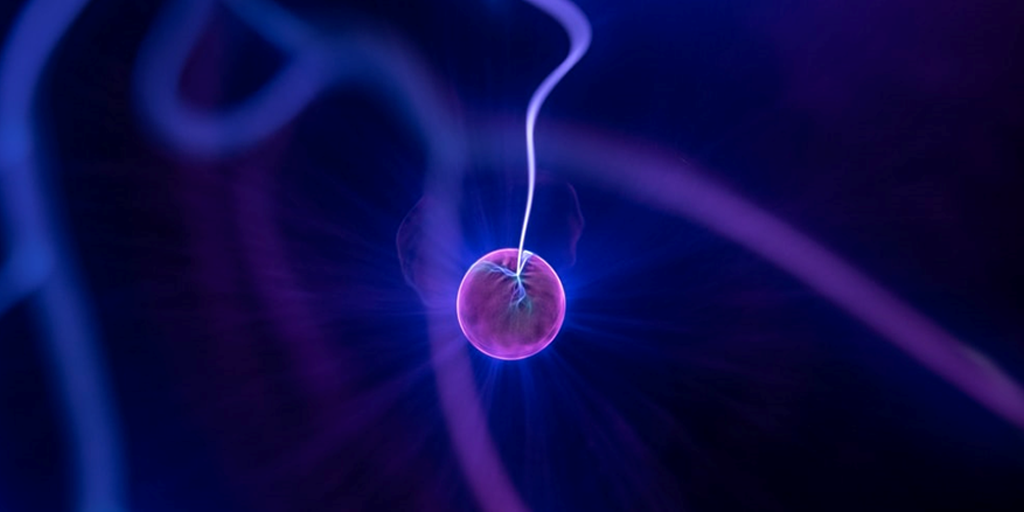INESC TEC technology in the first neurostimulator in the world using long-term monitoring in epileptic patient
The new neurostimulator produced by the North-American company Medtronic relies on technology developed by INESC TEC’s Centre for Biomedical Engineering Research (C-BER), in order to measure the movements caused by epileptic events in 3D, and connect them with deep brain stimulation, as well as brain surface signals (EEG). This device was approved for human use in Europe in January this year, and it enables stimulating and capturing brain signals simultaneously, which can make all the difference in the patients’ quality of life. For the first time in the world, this neurostimulator was implanted in an epileptic patient, and used in a study on 3D EEG video technology in late July, at the University Hospital Centre of São João (CHUSJ).
14th September 2020
For the first time in the world, this neurostimulator model was implanted and used in the continuous long-term monitoring (one week) of an epileptic patient, in order to study new approaches to adaptive stimulation therapy concerning this neurological disease.
Deep brain stimulation (DBS) has been used to address epilepsy in certain situations, but it has been done “blindly”. In other words, “we know that a significant part of the patients (about 60%) benefit from DBS, but that only a small part (about 15%) stops having epileptic seizures after this therapy. And we don’t know why. In fact, there is no understanding of how this type of stimulation influences the patients’ neuronal circuits. Therefore, there’s a need for deeper research in this area – which can be carried out, for instance, through this new neurostimulation technology, launched earlier this year by Medtronic, in Europe [as to the U.S.A., the device became available quite recently, since the FDA only approved it in late June)”, explained João Paulo Cunha, coordinator of the Centre for Biomedical Engineering Research at INESC TEC. The medical community has been exploring evidences showing that it’s possible to extend and improve the use of this technique, namely by supporting stimulation with information that can experts can actually read in the brain, while the therapy is administered.
The end of a “blind” paradigm, the beginning of a new high-quality life
This hypothesis was recently tested in Porto, with an epileptic patient, the first in the world to get this neurostimulation implant, developed by an American manufacturer. The individual was also monitored continuously for several days, at a specialised unit. “For the first time, and thanks to this neurostimulator, we were able to measure changes in electrical signals in deeper regions of the brain, as well as on the surface (using conventional electroencephalography), and the movements caused by epileptic events in 3D (using 3D EEG video technology, developed by INESC TEC), while programming different levels of brain stimulation. We also tried to find out which type of electrical activity (measured by this new neurostimulator) can help us detect, or even predict, the occurrence of epileptic seizures”, added João Paulo Cunha, also an Associate Professor at the Faculty of Engineering of the University of Porto (FEUP).
“With this new neurostimulator, we can forget this ‘blind’ paradigm and move towards new approaches to ‘adaptive’ or ‘reactive’ stimulation, which could make all the difference in the patients’ quality of life”, concluded the coordinator of C-BER.
“This system was implanted in a patient with chronic and disabling epilepsy, resistant to treatment with anti-epileptic drugs. The individual has independent epileptic foci in both brain hemispheres, meaning the he is not a good candidate for resective surgery (i.e., removal of a damaged portion of the brain). For this type of patient, neurostimulation is the best chance to improve the control of epilepsy. We hope that this new generation of neurostimulators can actually be more effective than the current ones, since we will be able to modulate the electrical parameters of stimulation in a quite individualised way. Concerning CHUSJ and the Reference Centre for Refractory Epilepsy, we are proud to be the first national centre (and one of the first worldwide) to use this system for the benefit of our patients, as well as the first in the world to implement it in a context of long-term 3D EEG video monitoring. This way, we are improving the patients’ future therapeutic possibilities, through a scientific partnership with INESC TEC”, mentioned Ricardo Rêgo, coordinator of the Epilepsy Monitoring Unit of the Neurology Service of CHUSJ and the Reference Centre for Refractory Epilepsy
International contacts to accelerate the discovery of new therapies
A multidisciplinary team – including doctors at the Neurophysiology and Neurosurgery services of CHUSJ and INESC TEC engineers, supported by Medtronic – will further explore the data obtained during a week of monitoring throughout the upcoming months, in order to study all the components: stimulation, deep brain signals, brain surface signals (EEG) and 3D movements of the patient.
The CHUSJ services plan to implant more neurostimulators in other patients, and there are strong collaborative efforts in this field, namely with the University Hospital of Munich, in Bavaria, and the University Hospital of Tampere in Finland, and – which will increase the number of cases and advance the discovery of new adaptive stimulation therapies in epilepsy.
The INESC TEC researcher mentioned in this news piece is associated with FEUP.


